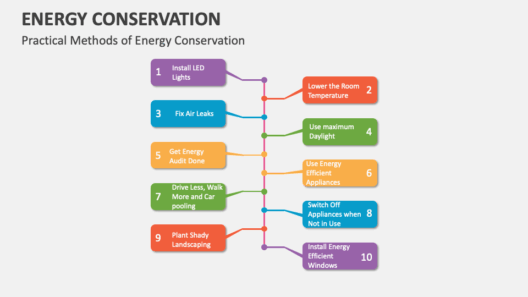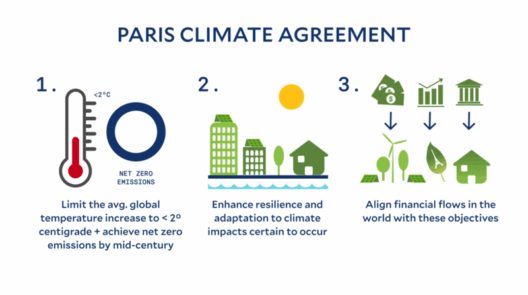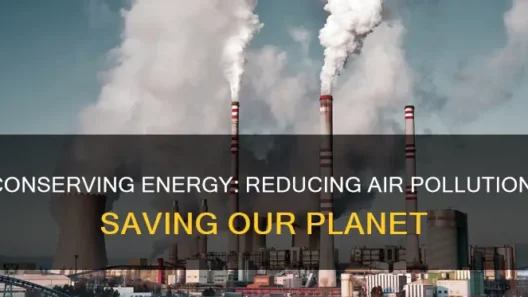Energy conservation stands as one of the fundamental principles in physics, guiding our understanding of myriad systems, from the simple to the complex. Recognizing when energy is conserved is crucial not only in theoretical explorations but also in practical applications, including engineering, environmental studies, and even everyday phenomena. Investigating energy conservation can unravel the intricacies of both simple systems, like a pendulum, and more complex constructs, such as ecosystems or industrial processes. This discourse will delve into methods for determining energy conservation through simple tests while offering a fresh perspective on our engagement with energy in various contexts.
To commence, it is vital to grasp the core concept of energy conservation. The principle asserts that in a closed system, the total amount of energy remains constant over time, although it may exist in various forms. Whether kinetic, potential, thermal, or electrical, energy can transition between these states but cannot be created or destroyed. This fundamental tenet provides the foundation from which we can launch our inquiries into energy conservation across diverse scenarios.
One efficient approach to testing if energy is conserved involves utilizing a mechanical system, such as a simple pendulum or harmonic oscillator. These systems afford a straightforward platform for observation due to their predictable behavior. For instance, in a pendulum, the interplay between kinetic and potential energy becomes exceptionally apparent. At its highest point, the pendulum possesses maximal potential energy and minimal kinetic energy. Conversely, as it swings down, potential energy transforms into kinetic energy, whereby, at the lowest point, kinetic energy peaks while potential energy ebbs.
Conducting experiments with pendulums leads to an opportunity to collect quantitative data. By measuring the heights and speeds at various points in the pendulum’s path, one can apply the conservation of energy equations. Specifically, the potential energy (PE) at its peak can be calculated using the formula PE = mgh, where m is mass, g is gravitational acceleration, and h is height. On the other hand, kinetic energy (KE) at the lowest point can be calculated as KE = 0.5mv², where v is velocity. By comparing these two energies throughout the pendulum’s motion, one can conclusively demonstrate energy conservation, reinforcing the grounding principle in a tangible manner.
Shifting the focus from mechanical systems, we can investigate energy conservation in more intricate and dynamic contexts, such as thermal systems. In thermodynamics, the Law of Conservation of Energy manifests in thoughtfully controlled environments. Consider the case of a calorimeter, an apparatus designed to measure heat transfer. By isolating a system where heat is gained or lost, one can quantify the energy exchange. A practical experiment might involve the dissolution of a salt in water within a calorimeter. By meticulously measuring the temperature change, one can ascertain if the energy transferred during the dissolution process adheres to the principles of conservation.
Moreover, electrical systems present further avenues for exploration. An experiment involving a simple circuit enables participants to observe energy transformations in real-time. By incorporating resistors, capacitors, or inductors, the relationship between voltage, current, and resistance can be scrutinized. Measuring these parameters provides insight into how electrical energy shifts among different components of a circuit. The fundamental equation governing the circuit, known as Joule’s Law (P = IV), where P is power, I is current, and V is voltage, offers a robust framework for understanding energy conservation in this realm.
Transitioning from the experimental arena, it is equally pertinent to consider the implications of energy conservation in complex systems, such as ecological communities. Ecosystems illustrate the flow of energy through various trophic levels, from primary producers to apex consumers. A compelling investigative approach involves quantitative ecological studies where energy is tracked through food webs. By determining the efficiency with which energy is transferred from producers to consumers, researchers can evaluate the energy conservation within ecological systems. This focal point uncovers how energy harnessed from sunlight supports life, elucidating the intricate interdependencies within nature.
Venture deeper into social contexts and the implications become even more profound. Applying principles of energy conservation to industrial processes, one can assess how energy manifests in manufacturing or resource extraction. Energy audits form a cornerstone in sustainability efforts, examining input versus output. In this arena, professionals utilize various metrics to gauge energy efficiency, thereby identifying opportunities for conservation. These systematic assessments may include scrutinizing machinery energy use, monitoring thermal losses, and implementing strategies that minimize energy waste.
Through the lens of energy conservation, myriad interactions and systems emerge, each filled with potential inquiries. Whether a pendulum swinging back and forth or the interconnected roles within an ecosystem, the tests and observations reveal patterns that demonstrate the ceaseless dance of energy in myriad forms. Conservation not only serves as a guiding principle for scientific exploration but also ignites curiosity regarding our relationship with energy in everyday life. Future endeavors may increasingly focus on sustainability and responsible resource management.
Ultimately, the quest to discern whether energy is conserved transcends mere academic curiosity. It encourages thoughtfulness towards our energy consumption and environmental impact. As complexities arise in energy systems, whether mechanical, ecological, or industrial, the challenge remains: to understand our energy just as we investigate its myriad forms. By engaging with the phenomena of energy flow, we may find not only answers but also a renewed commitment to stewardship of the planet.







